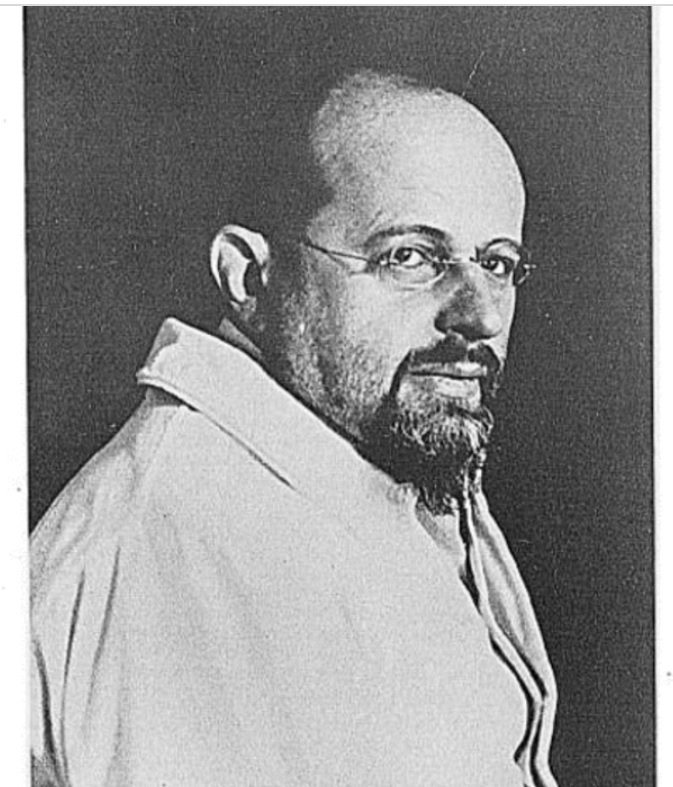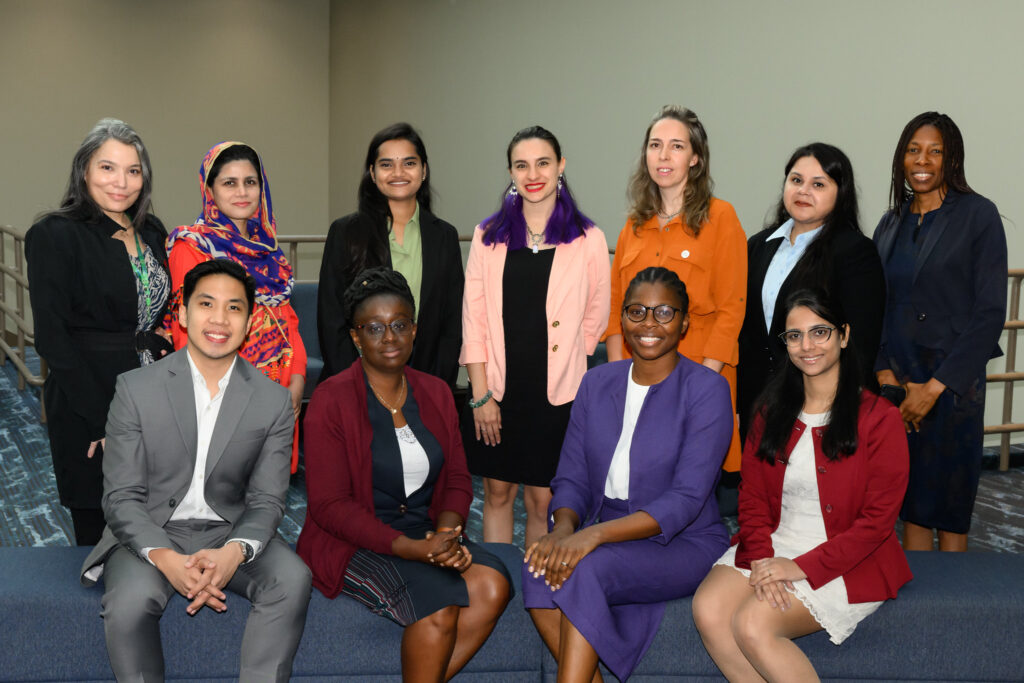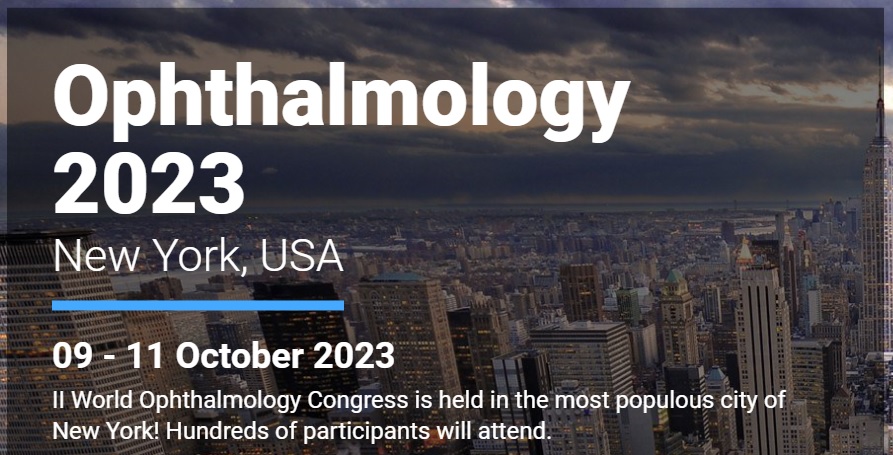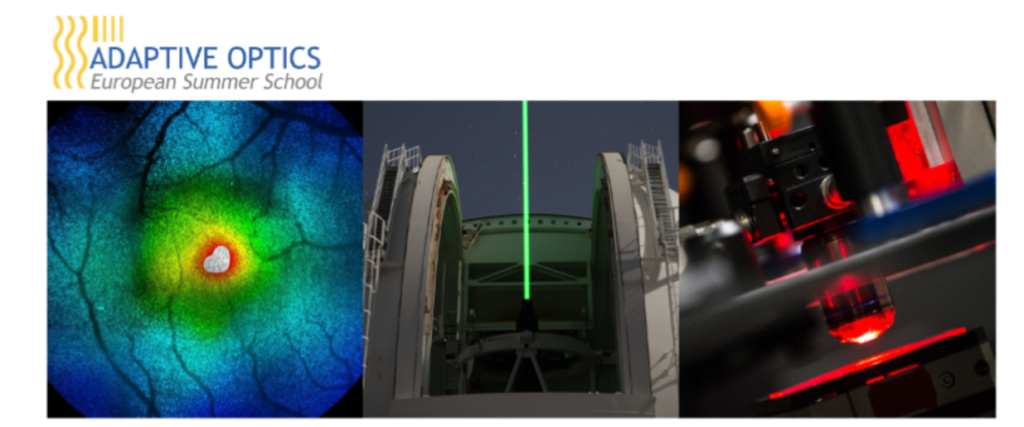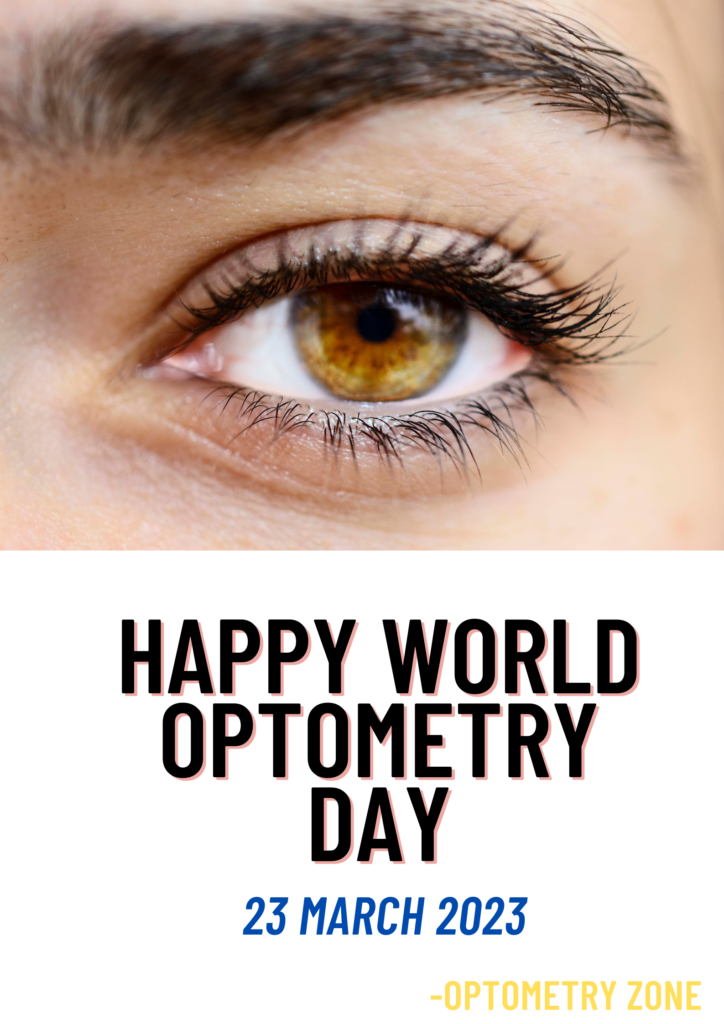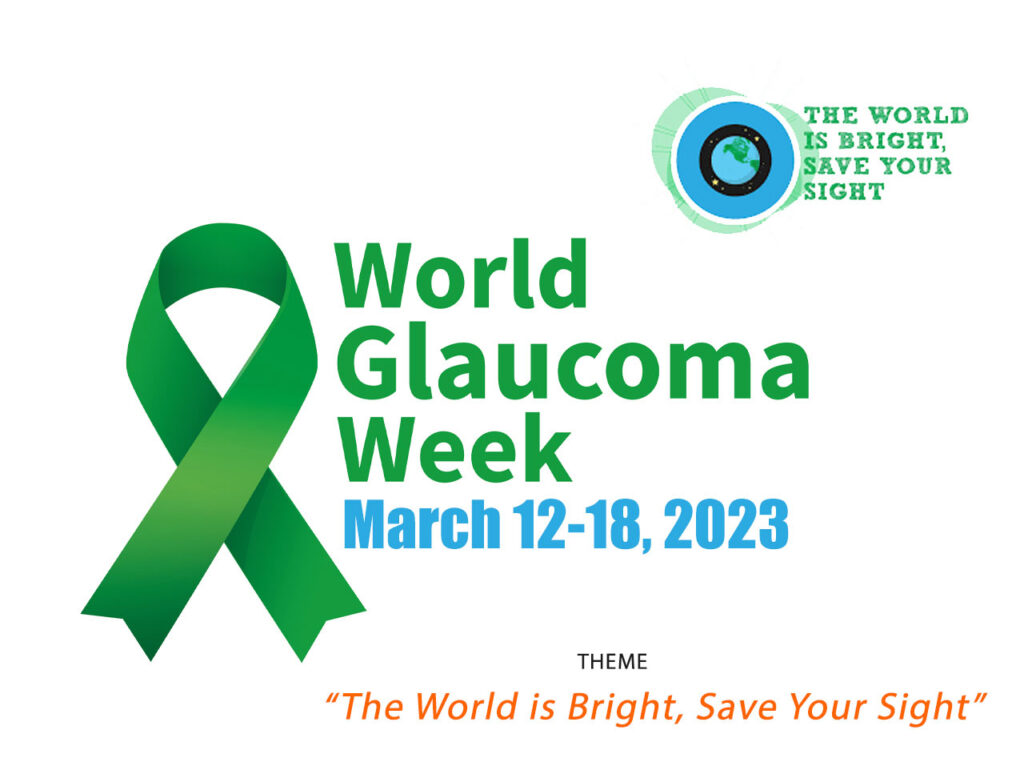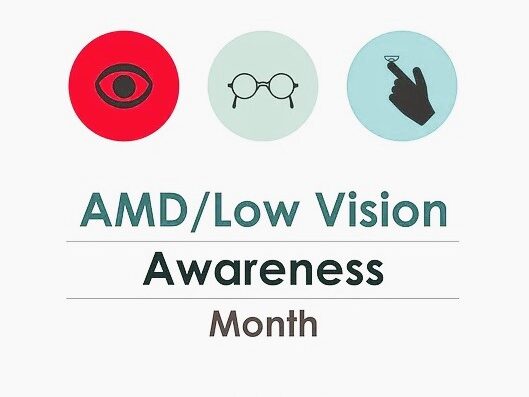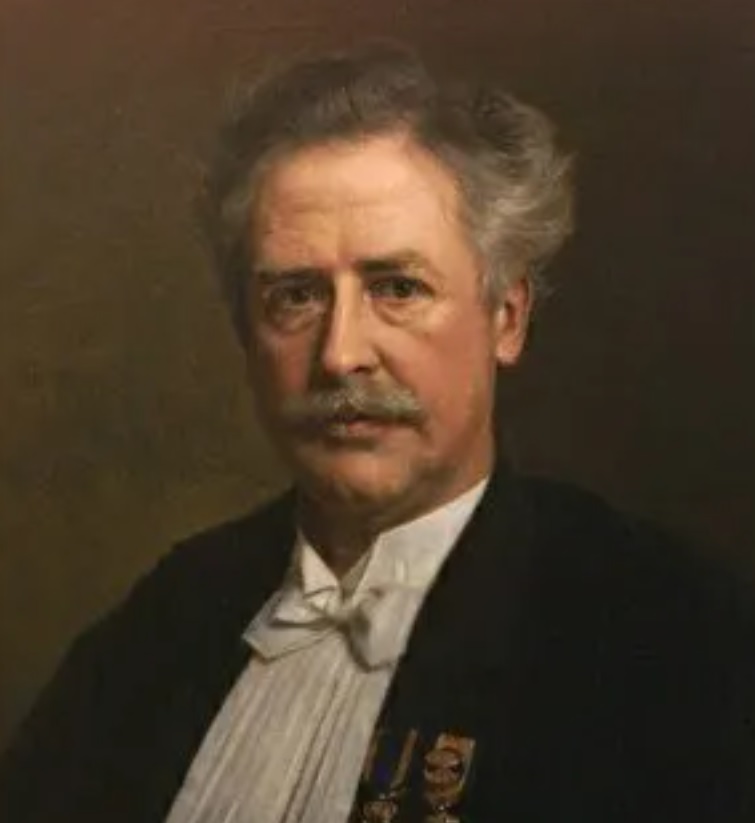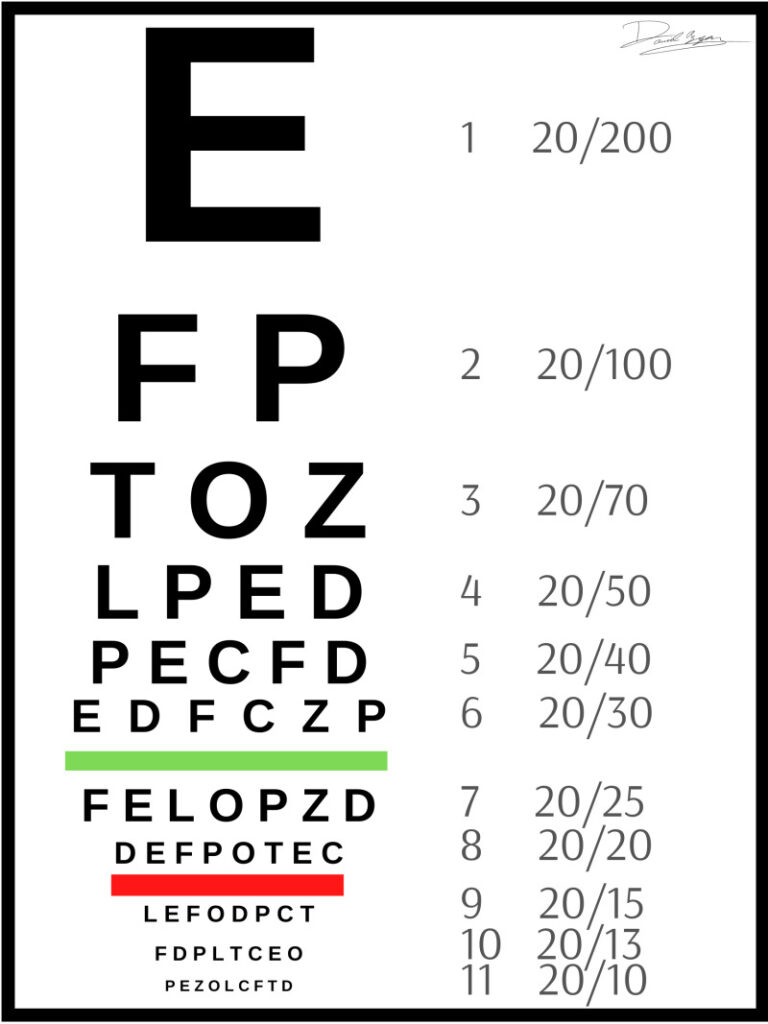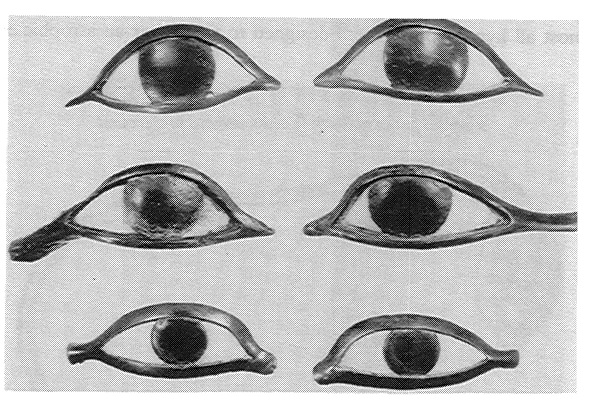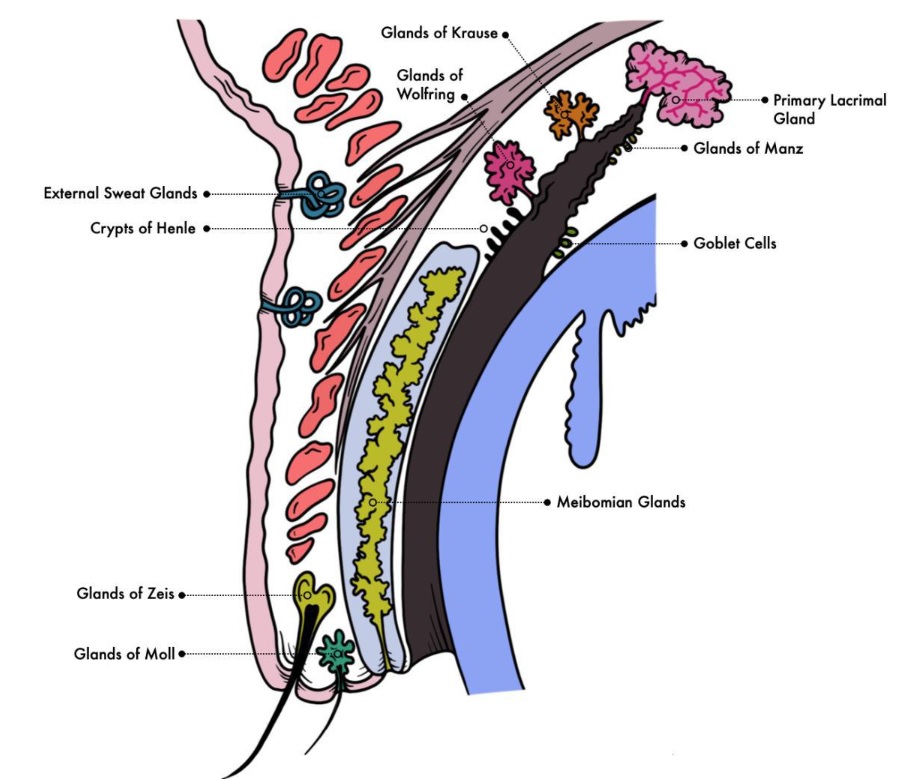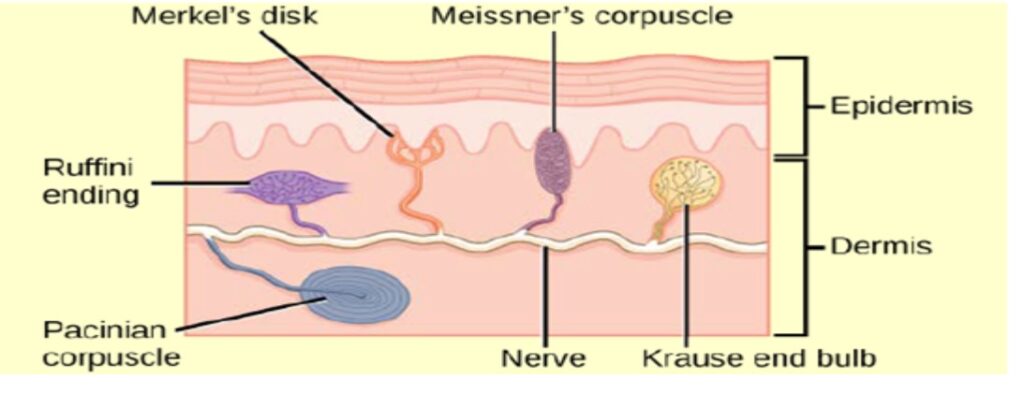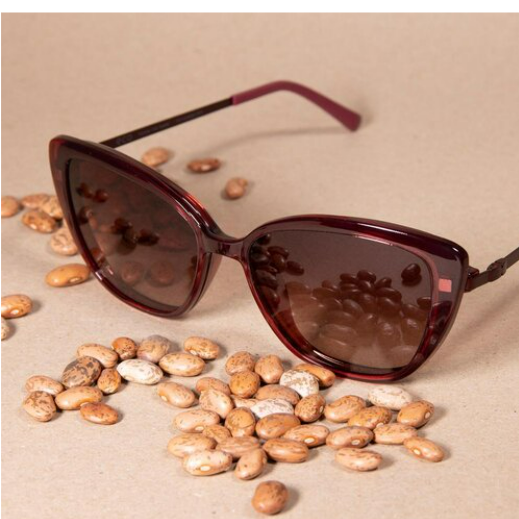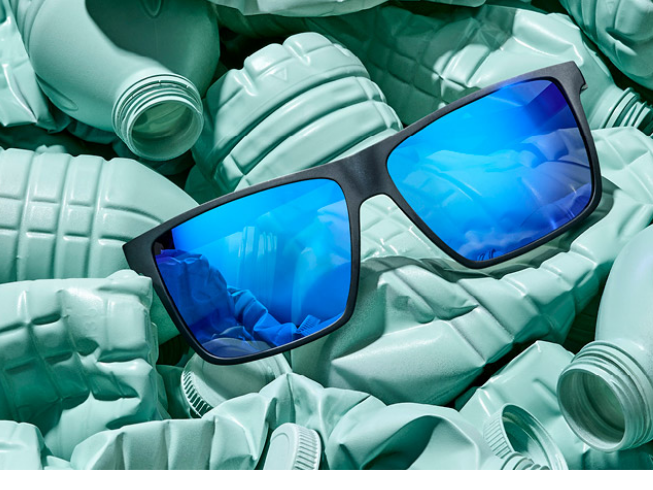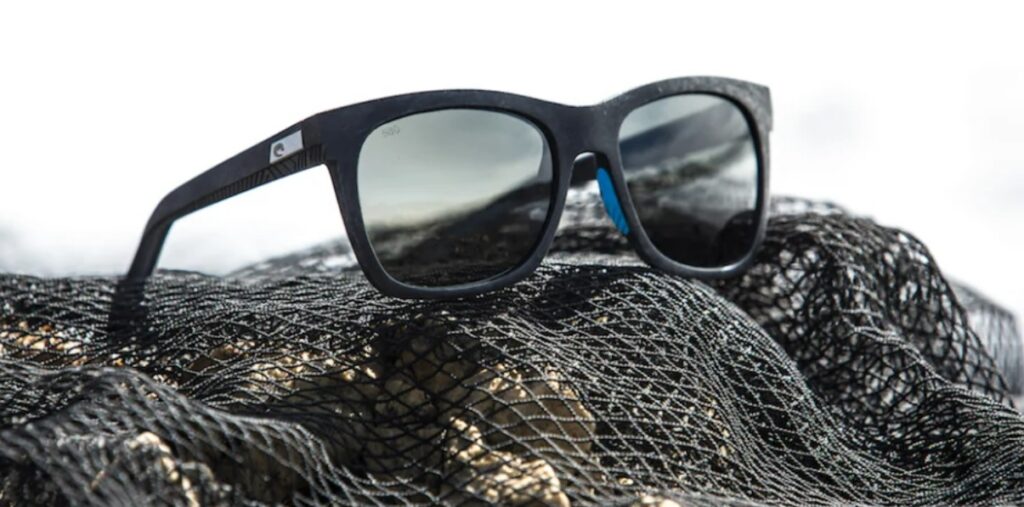February is recognised as Age-Related Macular Degeneration Awareness month. It is characterised by central vision loss. Currently, there is no cure for this disease.
It is not easy for us keep up with the facts like above on every day basis. Hence to make it simple for you, I made a list of important courses, conferences, workshops and meetings for the month of February. Quickly, add them to your calender and work on attending such conferences. Additionally, if the abstract deadline is open, you can still submit your research and present.
Asia Pacific Academy of Ophthalmic Congress:
The Scientific Program Committee are fully committed to developing a world-class scientific program for our APAO 2023 Congress. In addition to the 16 ophthalmic subspecialty programs, there is a 120-minute Wet Lab course to provide a comprehensive introduction and hands-on experience on the various levels of surgeries or procedures in ophthalmology.
Website: https://2023.apaophth.org/
Venue: Malaysia
Dates: 23-26 February, 2023
Abstract submission deadline: 29 August 2022
The EyeOEP:
This program aims to provide a comprehensive optometry curriculum for delivering evidence-based eyecare. We designed to engage participants more actively and intensively. Further more, attractions of the conference this year include the Just-A-Minute (JAM) Optometry Pearls Competition, Live Demonstration Sessions, EyeOEP Quiz, Panel Discussions, and Debate.Ooptometry trainees, practicing optometrists and other eyecare professionals can attend the program.
Website: https://eyeoep.lvpei.org/
Dates:12-16 February 2023
Venue: LVPEI, Hyderabad, India
Click on this link to keep you updated with Vision research
WSPOS Independent medical education program-Comprehensive update on myopia management
Venue: Virtual
Registration: Free
Program date: 4 Feb, 2023
Website:https://www.wspos.org/world-wide-webinar/
Bachelor of Optometry at LVPEI in collaboration with GITAM
LVPEI has signed an MoU with the GITAM University at Hyderabad to start a four-year undergraduate Bachelor of Optometry (B.Optom) program. The initial three years will be a mix of classroom training and exposure visits at LVPEI. In the final year, the students will do a clinical internship at LVPEI. The curriculum includes the application of technologies such as artificial intelligence and deep learning to improve the patient experience
Website: https://www.lvpei.org/events/2022/bachelor-of-optometry/index.html
Venue: LVPEI, Hyderabad
Angiogenesis, Exudation and Degeneration 2023- Virtual edition
Bascom Palmer Eye Institute invites you to join us in February 2023 for our twentieth annual angiogenesis meeting. Also, the program will feature an exceptional group of basic scientists, clinicians, and healthcare experts, all focused on understanding and treating neovascular, exudative, and degenerative diseases of the eye.
Website: https://umiamihealth.org/en/bascom-palmer-eye-institute/healthcare-professionals/continuing-medical-education/angiogenesis
Date: 10-11 Feb,2023
Venue: Virtual
TIFR Visiting Student Research Program 2023
Tata Institute of Fundamental Research (TIFR) conducts annual summer programmes in which talented students are introduced to research activities in the areas of Astronomy, Biology, Chemistry, Computer Science, Mathematics, and Physics. The selected students are expected to work on a research project under the supervision of a TIFR researcher.
Website: https://www.tifr.res.in/~vsrp/
Application deadline: 15 Feb 2023
Envision Summit:
Physicians created this premier event to support and empower leaders in an innovative format for continuing education and designed with your needs in mind.
Website: https://www.envisionsummit.org/
Date: Feb 17-20, 2023
Abstract submission deadline: 14 Dec 2022
Venue: Puerto Rico
EduEye, workshop on eye tracking in learning and education:
This workshop specifically targets researchers and practitioners who are interested in using eye tracking in education and learning. Further, this includes researchers from all areas of psychology, human-computer interaction, computer science, eye tracking methodology, and other related fields.
Website: https://www.uni-ulm.de/in/edueye/
Venue: Tubingen, Germany
Dates: 30 May to 2 June, 2023
Abstract submission deadline: 22, Feb 2023
IPECP summit
Website: Interprofessional Education and Collaborative Practice Committee
Venue: United States
OCICON 2023 Optometry Mahotsav
Website: OCICON
Venue:
-Ahmedabad- 29 Jan, 2023
-Jaipur- 5 Feb, 2023
-Guwahati-12 Feb, 2023
-Bengaluru-19 Feb, 2023
-Kolkata- 26 Feb, 2023
ICVS summer school
We invite applications for the ICVS Summer School 2023 at Pembroke College, Oxford, UK, 31st July – 4th August 2023 (arrival 30th July; departure 4th August). The school will accept selected students and young researchers with basic knowledge of colour vision. It will focus on colour vision and its applications. The school will include lectures, discussions, and hands-on workshops, providing opportunities for formal and informal interaction with leading colour-vision researchers.
Venue: Pembroke College, Oxford
Application deadline: 1st March 2023
Website: http://www.icvs.info/index.php/summer-school
Program dates: 31st July – 4th August 2023
DBT RA program in biotechnology and Life sciences:
The Department of Biotechnology, Ministry of Science and Technology, Government of India has recognized the importance of Post-Doctoral training in career development and initiated DBT-Research Associateship Program in Biotechnology way back in 1999. The objective of the DBT-RA Program is to train and nurture young researchers, scientists and generate a critical mass of trained manpower in modern areas of biology and biotechnology and build a robust postdoctoral base for the growth of the Biotechnology sectors in the country.
Website:https://ra.dbtindia.gov.in/
Application deadline: 28 Feb, 2023
European Conference on Visual Perception *(ECVP) 2023
The ECVP is an annual international conference that aims to provide a forum for presenting and discussing new developments in the disciplines of Psychology, Neuroscience, and Cognitive Sciences related to the scientific study of visual perception. Empirical, theoretical, and applied perspectives are all encouraged.
Application deadline: 1st March 2023
Program dates: Monday, 27th to Thursday, 31st of August, 2023.
Website: ECVP
Venue: Paphos, Cyprus
The Child Vision Society’s 2023 Biennial Meeting
A scientific meeting is organized every second year to provide an opportunity for exchanging new ideas and findings between basic scientists and clinicians concerned with vision in infants and children. Active participation in attending the meeting is encouraged by means of short oral presentations and posters
Abstract deadline: 10 Feb 2023
Program date: 12-14 July 2023
Early bird registration : before15 March 2023
Venue: UCL Great Ormond Street Institute of Child Health, UK
Website: https://www.cvrsoc.org/
